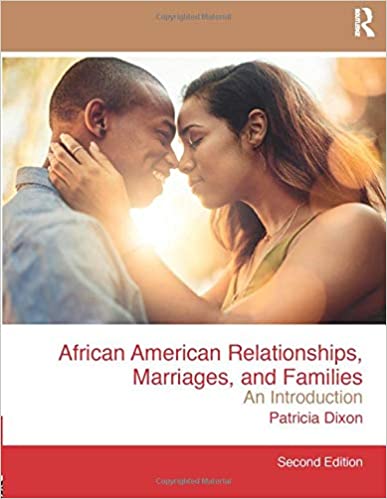Tax Advice for Couples Considering Remarrying: Part Two
 Click Here for the Post https://www.accountingweb.com/tax/individuals/tax-advice-for-couples-considering-remarrying-part-two
Click Here for the Post https://www.accountingweb.com/tax/individuals/tax-advice-for-couples-considering-remarrying-part-two
In a previous column, I explained why couples entering into second or third marriages should consider the tax consequences beforehand. To illustrate how I’d advise them, I created Marsha (entering into her third marriage) and John (entering into his fourth marriage). And both recently became AARP members.
Why did I cite their multiple marriages and allude to their ages? Because of the increase in so-called gray divorces among those aged 50 and older. Remarriages typically prove to be less stable than first marriages. Divorces among those 50-plus and remarried are around double the rate for those who’ve only been married once.
To reinforce those troubling statistics, I remind Marsha that Oscar Wilde characterized marriage as, “The triumph of imagination over intelligence. Second marriage is the triumph of hope over experience.”
Marsha, a perennial optimist, was dismissive of Wilde’s warning and unfazed by John’s three previous divorces. She’s sure that the fourth try for him and the third try for her will be the charm.
I unveil Plan B: Marsha should ask for copies of John’s federal and state returns. What they reveal might persuade her to remain single or, if they wed, to file separate returns.
Suppose what Marsha initially discovers speaks well for John. He’s a model taxpayer who diligently submits returns and payments by their due dates and promptly replies to IRS correspondence. A dubious Marsha asks whether it’s worthwhile to delve deeper.
I tell her to persist in her scrutiny of his returns as they can provide many kinds of insights into him. Below are three such items.
1. Alimony payments
On the front of a 1040 will be deductions for alimony payments to John’s ex-wives. Did John tell Marsha about those payments?
2. Dependency exemptions for children
A divorce settlement (or settlements) allows John as a noncustodial parent to claim such exemptions. The place to claim them is on the front of a 1040. Has he told Marsha about those children?
I alert Marsha to changes introduced by the Tax Cuts and Jobs Act that Congress passed in late December of 2017. TCJA abolishes exemptions starting with the 2018 tax year. While TCJA ends deductions for alimony paid pursuant to divorce or separation agreements entered into after the close of 2018, it grandfathers write-offs for payments under agreements John and others entered into before the close of 2018.
3. Gambling
John’s returns show substantial amounts of gambling winnings as the source for “other income” on the front of his 1040s. While the IRS allows him to offset those winnings with deductions for gambling losses, his losses are deductible only up to the amount of winnings.
TCJA adds another requirement for John and other gamblers who incur wagering expenses, such as travel to and from casinos and tracks. For tax years 2018 through 2025, John has to add those expenditures to his total losses before he compares total losses to total winnings.
After John complies with the rules for determining total losses, he claims them on Schedule A as miscellaneous deductions. His winning wagers don’t directly offset losing wagers as trades in stocks, bonds or other investments do on Schedule D.
Given the cap on losses, I caution Marsha to ask whether, in the past, he’s incurred nondeductible losses that far exceed his winnings. If so, the amounts John wagered might indicate that he’s a compulsive gambler.
In the last article in this series, I’ll discuss five more items.













